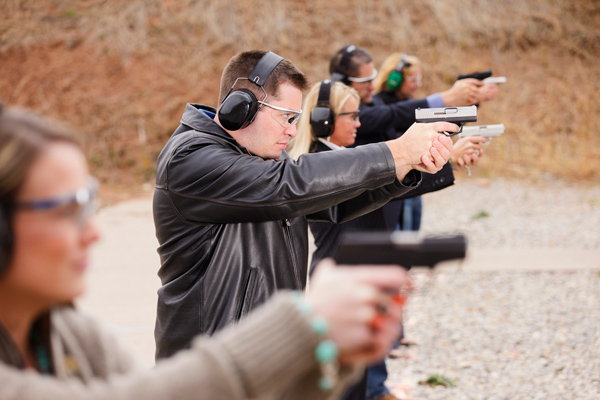
Training is critical to success, whether you train for your profession or as a gun owner. (Double if you’re a professional gun owner.) But training only goes so far.
While training can certainly prepare you for the real world, no style or amount of training can completely and entirely equip you to use your skills outside of the training environment. Training is typically inside a controlled environment. Real life is anything but controlled.
That doesn’t mean you should quit because what’s the point, after all, right? I’m not saying that. Just understand that as great as training is, no training of any sort can fully prepare you for a real-life shootout.
Let’s look at some different training techniques and tools and see how they compare to what you could face in real life.
Static targets
The most common form of firearms training is the static range, also called a box range indoors. It’s the traditional way most shooters, from rookies to seasoned pros, get in reps. You grab a box of ammo, your eyes and ears, your gun, and a few magazines and head to the range. Once there, you stick a paper target on a hanging track or stand and poke holes in it from various distances, typically behind a bench or table.
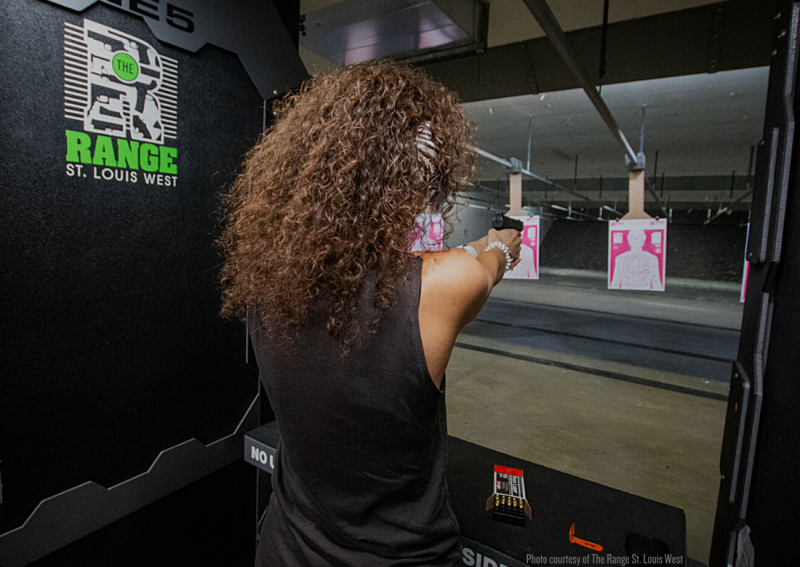
There is nothing wrong with training on a static range. It has its place. Static range training is terrific for someone just learning how to shoot a gun or an experienced shooter who wants to work on basics such as recoil control or to zero in red dot However, it’s missing several elements that will be very present in real life.
First, the target is stationary. In real life, bad guys move, and they move fast! So while shooting at a fixed target can help with basic marksmanship, chances are any bad guys you need to shoot in the future will not be standing still.
Second, paper targets don’t shoot back. Bad guys sometimes do. So shooting at static targets in the sterile range environment only goes so far.
Competition shooting
Many competitive shooting leagues and matches are set up to simulate real-world shooting by placing multiple targets at various distances and forcing shooters to navigate obstacles and shoot around barricades while on the move or moving from station to station.
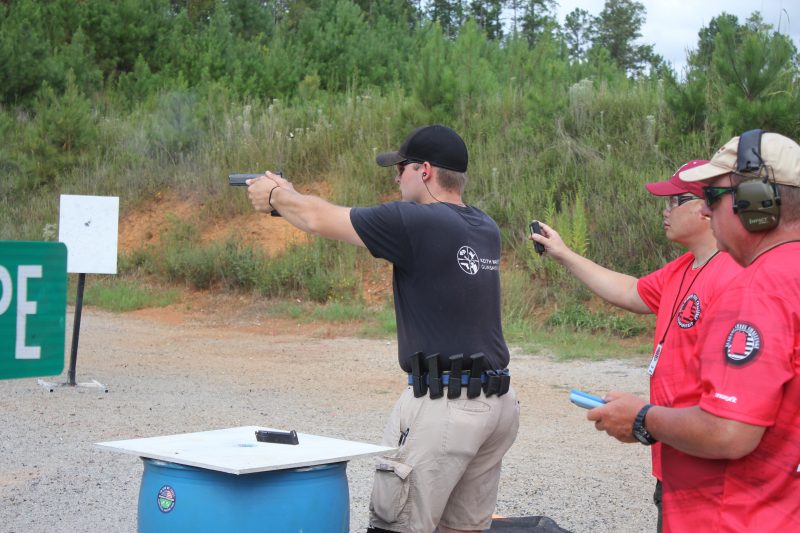
Some organizations, such as IDPA, write their rules to get as close as possible to bridging the gap between shooting for sport and shooting for self-defense. For example, if the station has multiple targets around a corner, you must shoot them in the order you would see them if you were pieing the corner in a real building. Shooting them out of order costs you points.
While competition shooting has its place and can improve your overall shooting skills with faster reloads and better accuracy, ultimately, it’s still a game.
Force-on-Force
The closest anyone has come to realistic training so far is force-on-force (FoF) role-playing. FoF training has several advantages over static practice.
The main advantage is you move around a lot. FoF training puts you in rooms or other 360-degree locations where a potential threat could come from any direction, and you must respond as you would in real life. For example, do you pull out your gun and shoot (with marking cartridges, not real bullets) the person (another role player) who just turned the corner and is headed toward you? Or is this person an innocent bystander who is just going on his way? If he’s a bad guy, he can shoot at you or attack you another way, and you will need to defend yourself to “win.” It’s a combination of marksmanship and decision-making as you determine what, if any, action to take based on what you see in front of you.
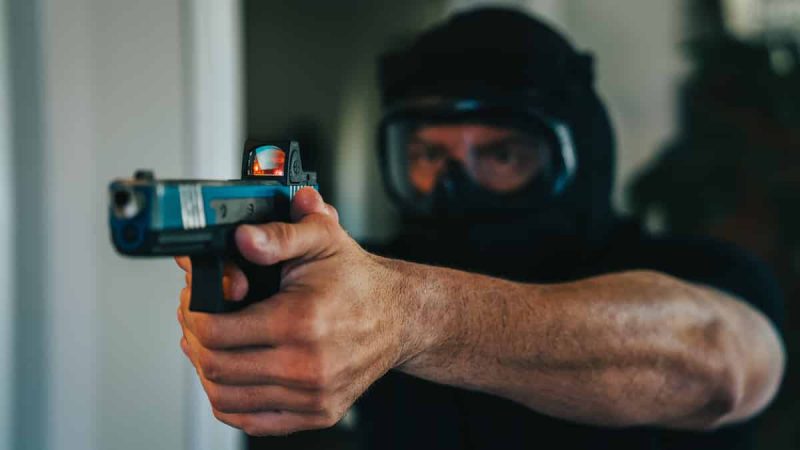
FoF training is an immersive environment, complete with other role players and an ever-changing scene. It can get your heart racing as you try to stop the threat and avoid “dying” in the scenario. (Plus, getting hit by one of the market cartridges hurts.)
However, as close as this is to real life, there are still a few shortcomings. First, you are in full protective gear, including a helmet that limits your vision. Second, you know something will happen because that’s why you’re there. Third, the guns aren’t nearly as loud as real guns, so you won’t be startled or thrown off by the booming of real gunfire. None of those three conditions exist in real life.
Just like the others, FoF training is extremely beneficial, and you can learn life-saving lessons from it, but real life is still very different.
So…don’t train?
All of this may sound like I’m discouraging you from training. Not at all! Train, train, and train some more. You can never train enough. Just remember that as much as you train, as hard as you train, and as focused as your training may be, it will never fully replicate or simulate a real gunfight.
ABOUT THE AUTHOR:
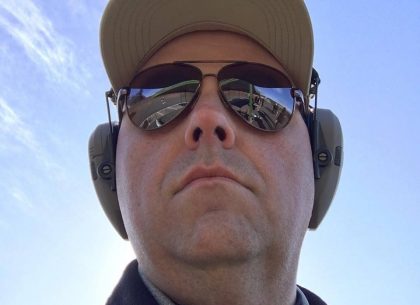
David Workman is an avid gun guy and a contributing writer to several major gun publications. As an NRA-certified instructor, David trains new shooters on basic handgun skills and CCW requirements and is a strong advocate for training as much as possible. “Real-life shootouts don’t happen at a box range.”
![]() You may also enjoy these popular articles:
You may also enjoy these popular articles:
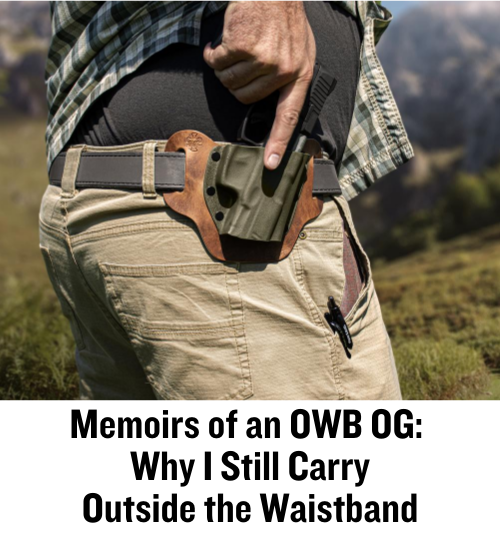
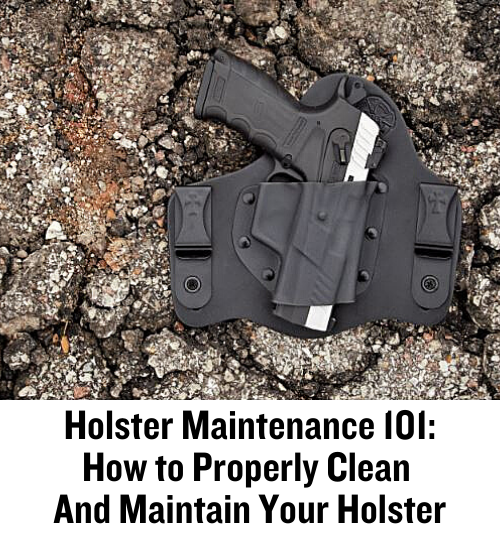
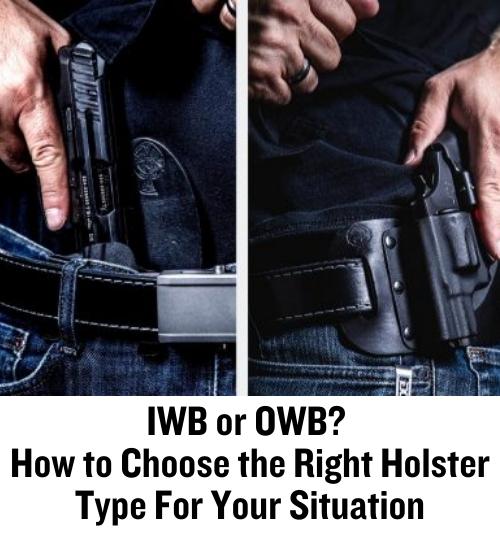

©MTC Holsters, LLC and CrossBreed Holsters Blog, 2022.
Unauthorized use and/or duplication of this material without express and written permission from this site’s author and/or owner is strictly prohibited. Excerpts and links may be used, provided that full and clear credit is given to David Workman and the CrossBreed Blog with appropriate and specific direction to the original content.
![]()

